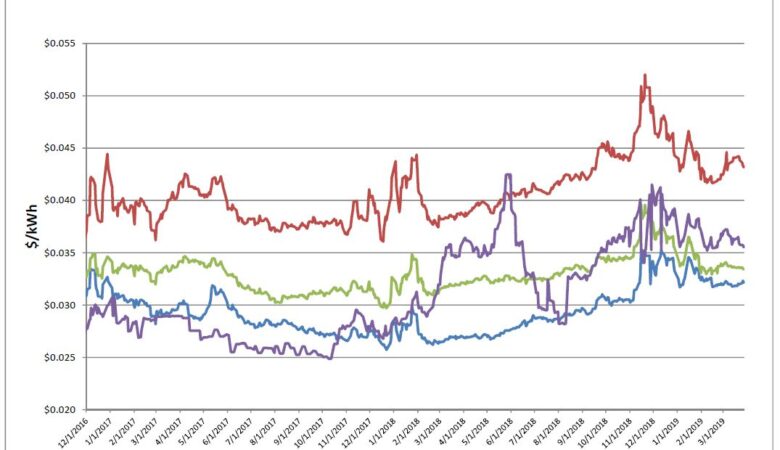Energy Market Update
Electric Vehicle (EV) Charging Station Incentive Program *NY Clients only In an effort to make New York State’s environment cleaner, there are a number of significant incentives currently available for public and private organizations that install Level 2 EV charging stations. The stations can be placed in public parking facilities, workplaces, and multifamily apartment buildings. […]










